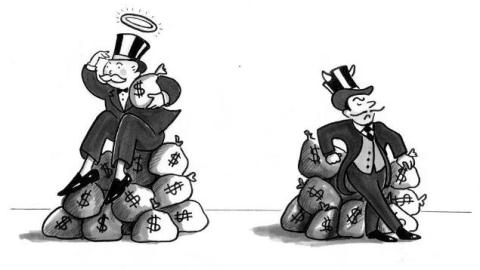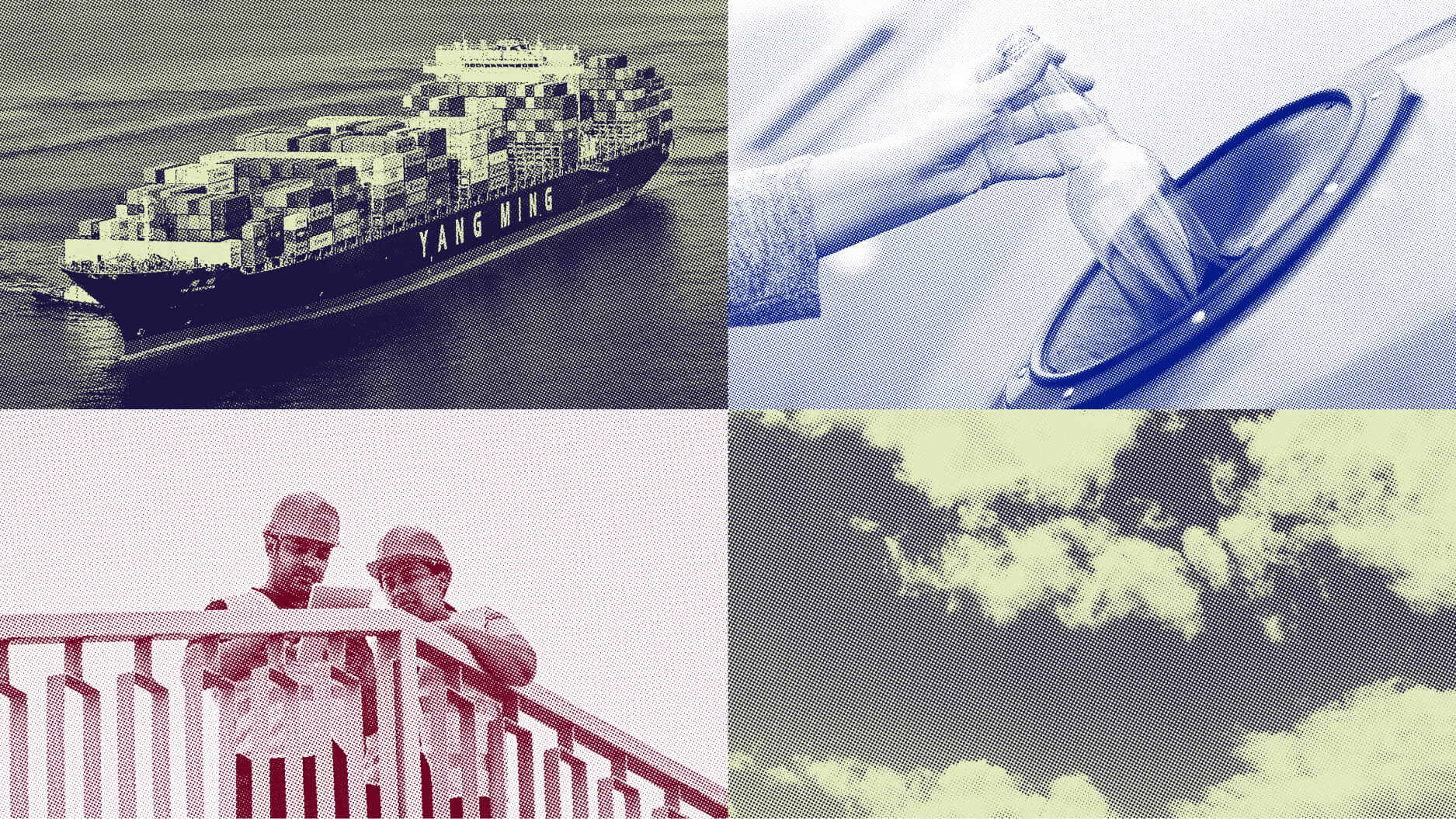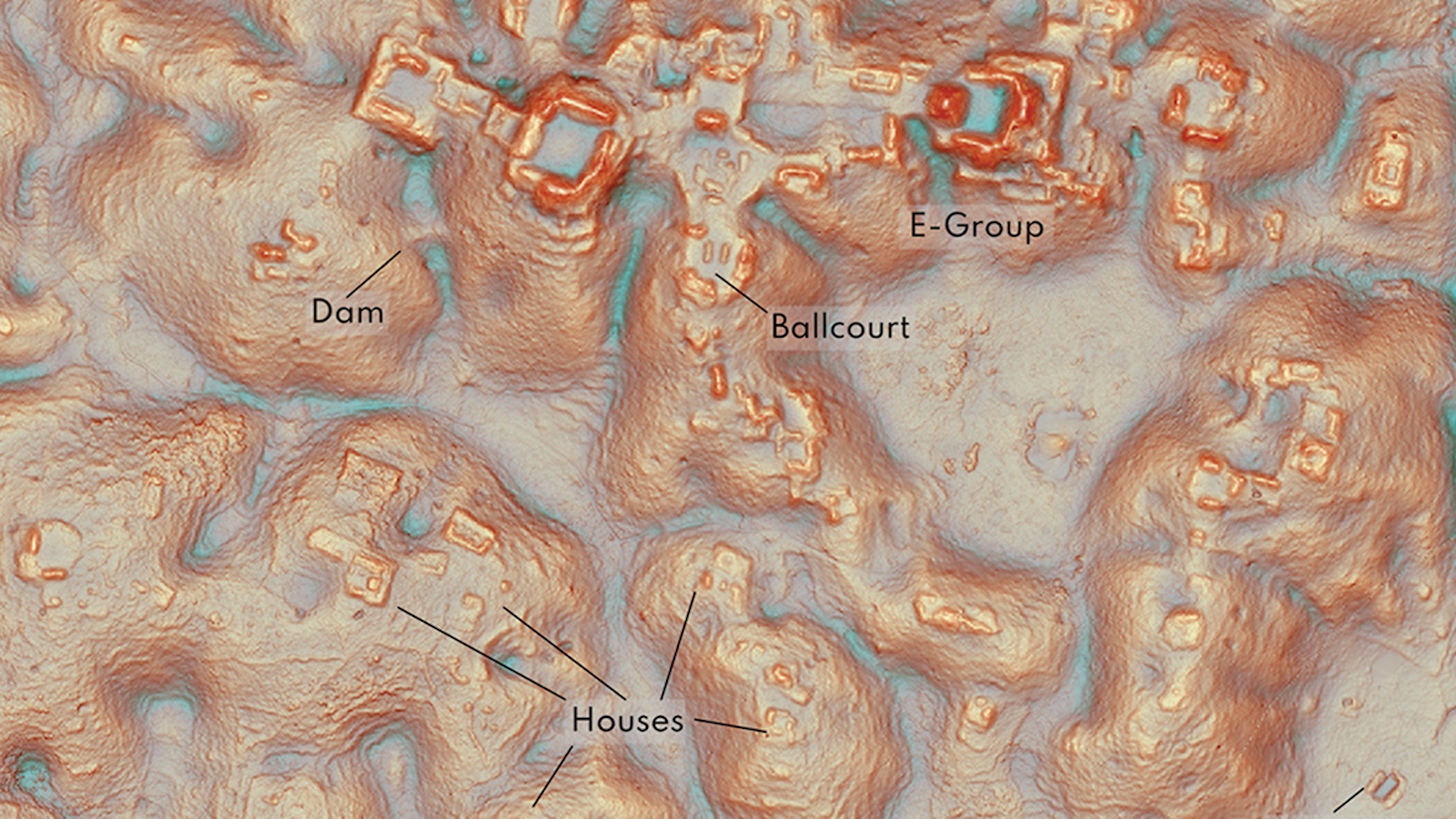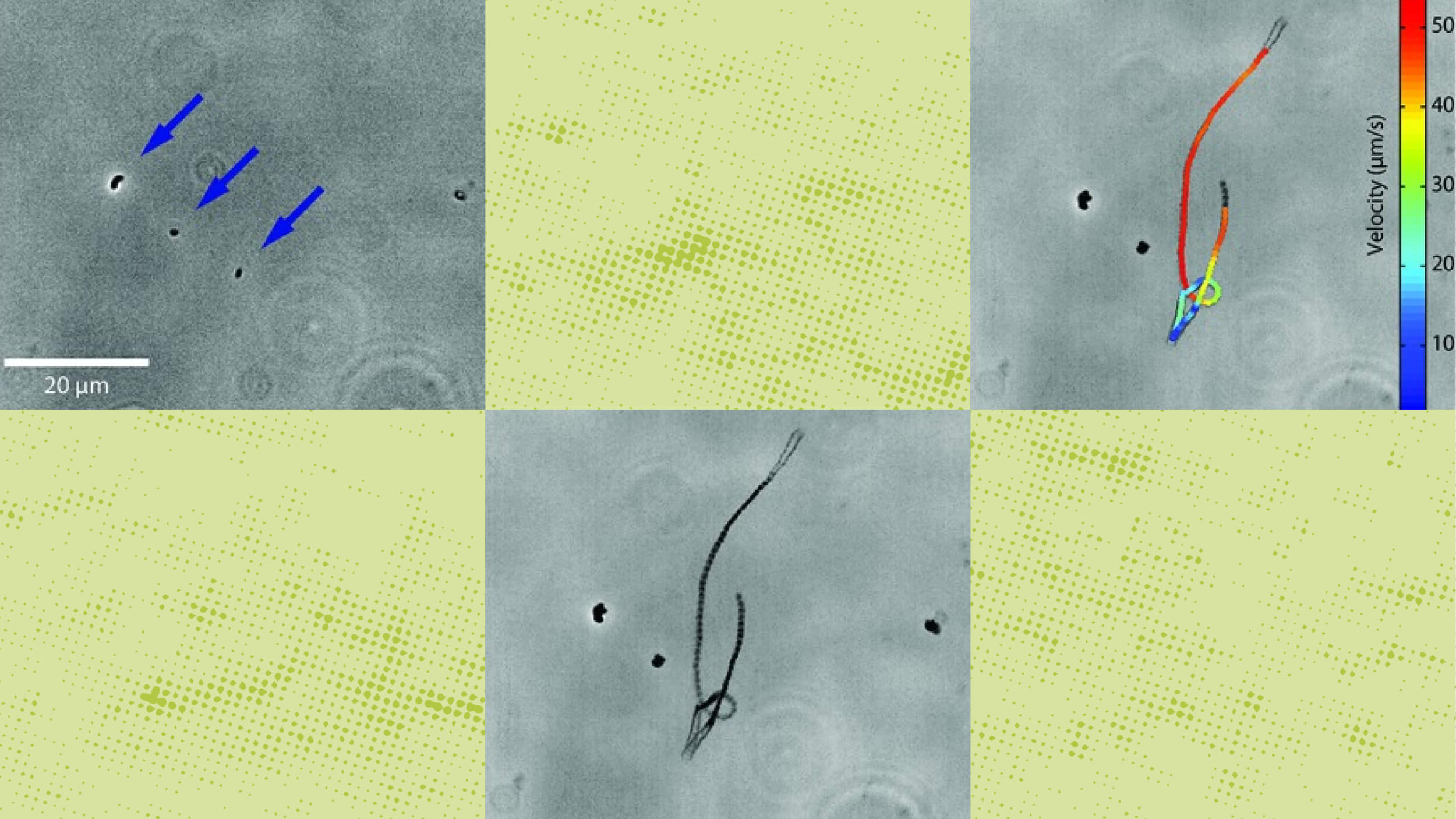The 1% and Good Rich vs Bad Rich

Much talk about “the 1%” ignores three key issues. First, not all inequality is equally bad. Second, the rich are mostly as replaceable as you and me. Third, if the rich succeed because they’re strong, surely they’re strong enough not to need special treatment.
Let me be clear: I am not remotely against the rich; it would be great if many more people were rich. But to simplify for the sake of a useful argument, we need to distinguish two kinds of rich: the good in-it-together rich and the bad in-it-only-for-themselves rich. The good rich are strong enough to shoulder their share of the costs of running the country and responsible enough to succeed without harming their communities. The bad rich, however, exploit every situation ruthlessly, regardless of the costs to others, and try to avoid paying for the infrastructure their success is built on. The more good rich we have, the better we all do. The more bad rich we have, the greater our economic insecurity becomes. A profit unsharing economy in which gains go to very few isn’t inevitable.
Taxes are a key test. The good rich are like Warren Buffett who can’t see why he should be taxed at a lower overall rate than his secretary. Meanwhile, the bad rich lobby for legal loopholes to lower their taxes. Here’s The Wall Street Journal quoting an expert on supposed justifications for “carried interest” treatment that applies to private equity titans only:
If that’s the worst they can threaten to extort special treatment, we needn’t worry. Those bad rich are replaceable. We should have greater faith in the entrepreneurial spirit of Americans than they do. And we should welcome these lazier rich choosing to work less because they can’t stomach paying taxes at the same rates the rest of us do on our so-called ordinary income. Other hungrier, harder-working, smarter, soon-to-be-rich folks will step up to turn those companies around, even if they “only” make $6.5 million. These are precisely the good rich we need more of. Their success strengthens the nation, while success that depends on special tax treatment weakens us.
Those who insist that increases in top income-tax rates impede economic growth are flatly contradicted by the evidence. Growth has been higher in times when top tax rates were higher. Are today’s rich different than those who built prior booming economies? Are they weaker? Less driven? Less passionate about creating great business? Or just greedier?
Let me end by repeating: We need more good rich, and as many as we can get. It’s time to use things like tax rules to encourage the bad rich to get themselves replaced by the better-for-us-all good rich.
Illustration by Julia Suits, The New Yorker Cartoonist & author of The Extraordinary Catalog of Peculiar Inventions.




